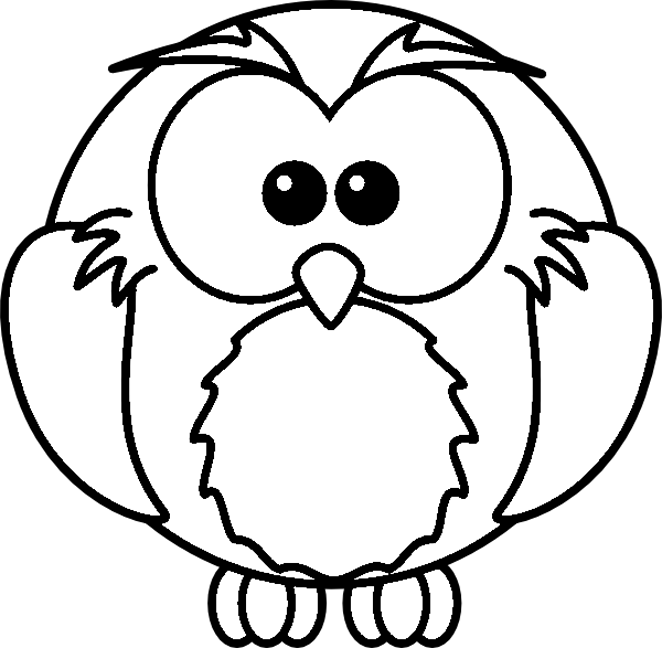Source(google.com.pk)
Alligators are large, meat-eating reptiles that spend a lot of their lives in the water. They mostly live in fresh to brackish water, in swamps, marshes, canals, and lakes. Alligators swim very well, mainly using their tails to propel themselves through the water, and also using their webbed feet.
Anatomy: There are two types of alligators, the American alligator and the Chinese alligator. The American alligator grows up to 19 feet (3.5 m) long, weighing up to 600 pounds (270 kg). The Chinese alligator grows to be about 6 feet long (1.8 m).
Diet and Teeth: Alligators are nocturnal and feed primarily at night. Adult gators eat fish, birds, turtles, reptiles, and mammals. They swallow their prey whole. The alligator's conical teeth are used for catching the prey, but do not tear it apart. Alligators have about 80 teeth; when teeth are lost they regrow.
Alpaca are woolly mammals related to camels and llamas. These herding animals live in the Peruvian Andes Mountains of western South America in grasslands and scrub at altitudes from 12,800 to 15,000 feet . Alpacas are semi-domesticated mammals that are smaller than llamas. The alpaca may be a cross between the llama and the vicuña, or the descendant of the wild guanaco. Young alpaca are called crias.
Alpacas have a life span of about 15 - 20+ years. Some alpacas make a humming sound; whining, grumbling, clucking, and other assorted sounds are used by alpacas to communicate. Spitting is used by alpacas, probably as a sign of dominance, fear, or a warning to intruders.
Anatomy: The alpaca has a relatively small head, a cleft (split) upper lip, a long neck, and large, pointed ears. The tail is short. Alpacas have long, thick, very soft hair that ranges in color from white to gray to brown to black. Alpaca have two-toed feet with toenails on the top and with pads on the bottom; they do not have hooves. The average adult alpaca weighs about 120-140 pounds and is 3-3.5 feet tall at the shoulders.
Diet: Alpaca are herbivores (plant-eaters). They eat mostly grasses, herbs, and other plant material. Alpaca are ruminants and have a three-part stomach. They partially chew their food; later, the food is regurgitated as a cud, which the alpaca then chews thoroughly.
Enemies: Pumas and other large carnivores (meat-eaters) prey on the alpaca.
Classification: Class Mammalia (mammals), Order Artiodactyla, Suborder Tylopoda, Family Camelidae, Genus Lama, Species L. pacos.
Antelopes are hoofed animals with hollow horns. They live on grasslands, brush lands, and forests in Africa and parts of Asia (no true antelope is native to the Americas). Some antelopes include the gazelle, eland, impala, springbok, klipspringer, oryx, saiga, waterbuck, suni, hartebeests, topi, nyala, bongo, dik-dik, kob, duiker, gemsbok, etc. They are hunted by lions, leopards, wild dogs, and other predators.
Locomotion: These swift runners can also jump very well. In addition, they can bounce with all four legs held in a stiff position; this is called pronking. In this springing motion, all four feet leave the ground and land at the same time.
Horns: The antelope's hollow horns vary from very short to very long. Some are straight and some are gently curved. Like all horns, they are not shed, but continue to grow throughout the antelope's life. In many species of antelope the females also have horns, but they are smaller than the male's horns.
Anatomy: There are many types of antelopes, differing in size, color, shape, etc. These graceful mammals range in size from the rabbit-sized royal antelope to the huge, ox-sized eland. Antelopes have large eyes and ears; they use their keen sense of sight, hearing and smell to detect predators (like hyenas and jackals).
Diet: Antelopes are herbivores (plant-eaters) and ruminants with a four-part stomach. They swallow food whole, not chewing it initially. Later, they regurgitate a cud (a mouthful of partly-digested food) and chew it thoroughly. They eat desert shrubs, acacias, young shoots, and grasses. Antelopes spend most of their time grazing on grass or browsing (eating leaves and twigs).
Classification: Class Mammalia, Order Artiodactyla, Family Bovidae (antelopes, bison, buffalo, cattle, goats, and sheep).
Baby Animals Coloring Pages Baby Animals Pictures Wallpaper With Their Mothers Names Clipart Coloring Pages Cute Cartoon Photos

Baby Animals Coloring Pages Baby Animals Pictures Wallpaper With Their Mothers Names Clipart Coloring Pages Cute Cartoon Photos

Baby Animals Coloring Pages Baby Animals Pictures Wallpaper With Their Mothers Names Clipart Coloring Pages Cute Cartoon Photos

Baby Animals Coloring Pages Baby Animals Pictures Wallpaper With Their Mothers Names Clipart Coloring Pages Cute Cartoon Photos

Baby Animals Coloring Pages Baby Animals Pictures Wallpaper With Their Mothers Names Clipart Coloring Pages Cute Cartoon Photos

Baby Animals Coloring Pages Baby Animals Pictures Wallpaper With Their Mothers Names Clipart Coloring Pages Cute Cartoon Photos

Baby Animals Coloring Pages Baby Animals Pictures Wallpaper With Their Mothers Names Clipart Coloring Pages Cute Cartoon Photos

Baby Animals Coloring Pages Baby Animals Pictures Wallpaper With Their Mothers Names Clipart Coloring Pages Cute Cartoon Photos

Baby Animals Coloring Pages Baby Animals Pictures Wallpaper With Their Mothers Names Clipart Coloring Pages Cute Cartoon Photos

Baby Animals Coloring Pages Baby Animals Pictures Wallpaper With Their Mothers Names Clipart Coloring Pages Cute Cartoon Photos

Baby Animals Coloring Pages Baby Animals Pictures Wallpaper With Their Mothers Names Clipart Coloring Pages Cute Cartoon Photos

Baby Animals Coloring Pages Baby Animals Pictures Wallpaper With Their Mothers Names Clipart Coloring Pages Cute Cartoon Photos

Baby Animals Coloring Pages Baby Animals Pictures Wallpaper With Their Mothers Names Clipart Coloring Pages Cute Cartoon Photos

Baby Animals Coloring Pages Baby Animals Pictures Wallpaper With Their Mothers Names Clipart Coloring Pages Cute Cartoon Photos

Baby Animals Coloring Pages Baby Animals Pictures Wallpaper With Their Mothers Names Clipart Coloring Pages Cute Cartoon Photos
No comments:
Post a Comment